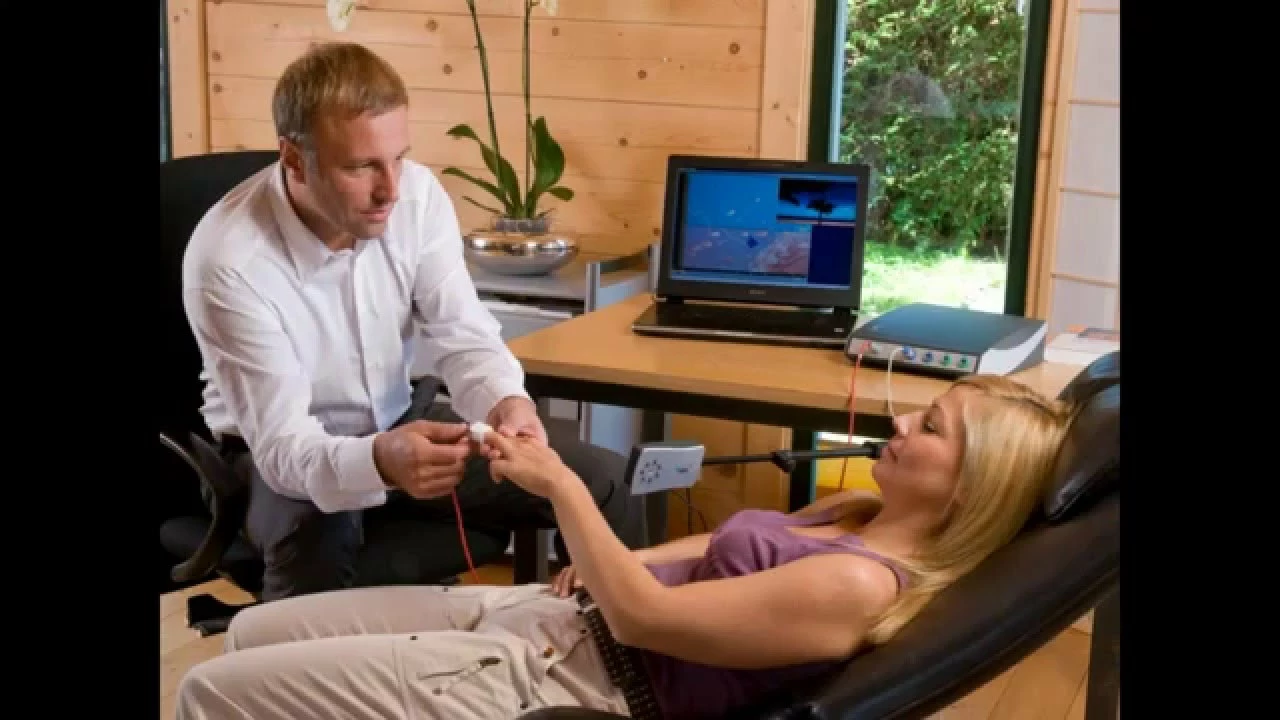Biofeedback Basics: What It Is, How It Helps, and Simple Ways to Try It
If you’ve ever wished your body could give you a heads‑up before something goes wrong, biofeedback might be the answer. In plain terms, biofeedback is a set of tools that let you see real‑time signals from your body—like heart rate, muscle tension, or skin temperature—and then use that info to change how you feel.
Why does it work? Your brain and body are in constant conversation. When you notice a signal on a screen, the brain can adjust its commands to bring things back into balance. Over time, this practice trains you to make those adjustments without any gadgets at all.
Everyday Uses You Can Start Today
Stress is the most common reason people try biofeedback. A simple finger sensor that shows your heart rate can help you spot when you’re getting tense. When the numbers jump, take a deep breath, pause, and watch them drop again. Do this for a few minutes each day and you’ll notice a calmer baseline.
Pain management works in a similar way. People with chronic back pain use muscle‑tension sensors on their shoulders or lower back. By learning to relax those muscles, they often feel less ache without extra medication. The key is consistency—spend a few minutes before bed or after work practicing the relaxation.
Getting Started Without Fancy Equipment
You don’t need an expensive lab to try biofeedback. Many smartphones have free apps that turn the camera into a heart‑rate monitor using subtle color changes in your fingertip. For muscle tension, a cheap wearable band can give you vibration feedback when you clench.
Here’s a quick routine:
- Sit comfortably and open the app.
- Watch your heart rate for 30 seconds without doing anything.
- Take three slow breaths, aiming to lower the number by a few beats per minute.
- Repeat the cycle five times.
Another easy tool is a thermometer strip that sticks to your skin. When you’re stressed, peripheral temperature drops. Touch the strip occasionally—if it feels colder, practice a calming technique until it warms back up.
Remember, biofeedback isn’t magic. It’s a skill that improves with practice, just like learning to ride a bike. Start with short sessions, track your progress, and celebrate small wins. Over weeks you’ll find yourself reacting faster to stress, sleeping deeper, and maybe needing fewer pain pills.
Ready to give it a try? Grab a phone, download a free biofeedback app, and spend five minutes tonight noticing your body’s signals. You might be surprised how quickly simple feedback can change the way you feel.

Myeloma and Biofeedback: Can It Help with Treatment Side Effects?
In my latest blog post, I explore the potential benefits of biofeedback in managing treatment side effects of myeloma, a type of blood cancer. Biofeedback is a technique that helps individuals gain control over their body's processes, such as heart rate or muscle tension. I discuss how this non-invasive method may improve patients' quality of life by alleviating symptoms like pain, fatigue, and anxiety. Additionally, I share insights from various studies on the effectiveness of biofeedback for cancer patients. Overall, the potential of biofeedback in myeloma treatment warrants further investigation to fully understand its impact and usefulness.
Read More